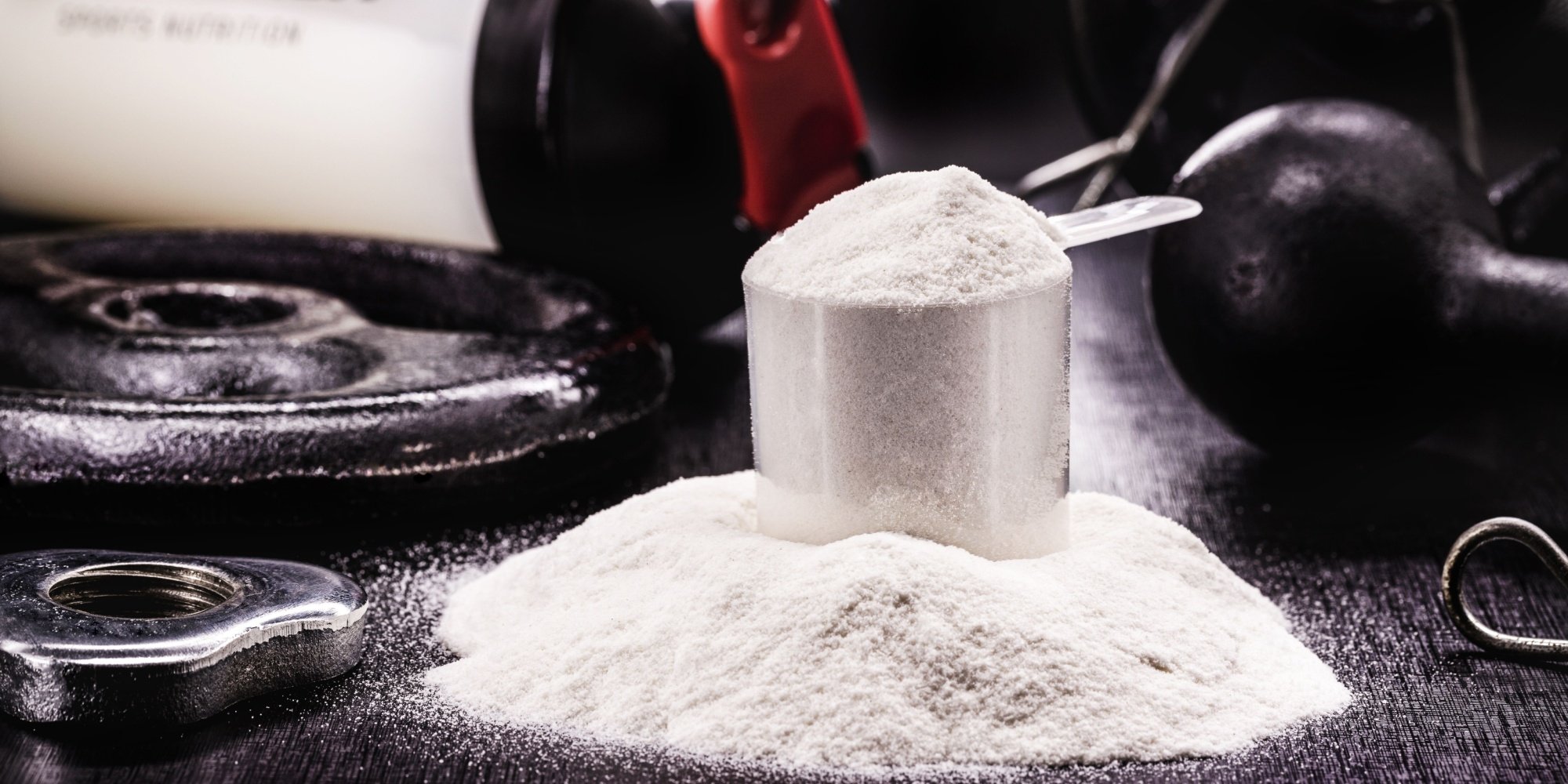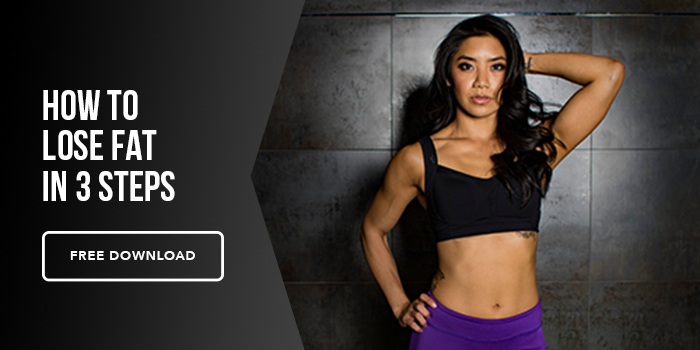Creatine has had more ups and downs than my day trading portfolio – from the supplement your mom thought was steroids to the powder some scientists believed could protect athletes from brain injuries. But despite how it’s been depicted, it’s always been a steady staple in the muscle building toolbox.
Fast forward to now, and creatine is having a mainstream moment. It’s trending on social media, nutritionists are recommending it to clients who don’t even lift, and companies are turning it into flavored gummies and fancy drink mixes.
Why the sudden surge?
First, What Is Creatine?
Creatine is a compound your body naturally makes from amino acids. You also get a little from foods like red meat and fish. Its main job: to help recycle energy inside your cells, especially during short, high-intensity activities like lifting, sprinting, or wrestling a stubborn pickle jar.
Supplementing with creatine tops off your body’s stores, giving your muscles a bigger energy buffer to pull from. More energy means better training performance — which means more strength, more reps, more muscle over time.
This is why bodybuilders and power athletes have quietly sworn by it for decades.
So, Why the Sudden Popularity Outside the Gym?
The secret’s out: creatine isn’t just for bigger biceps anymore.
✅ Muscle Benefits Still Rule
If you lift weights, creatine is a no-brainer. Study after study shows it helps with strength, power output, lean mass gains, and recovery. In the supplement world, very few ingredients are as consistently backed by solid research.
✅ Brain Gains Matter Too
Here’s where things get interesting: more recent research suggests creatine may also support cognitive function — especially during sleep deprivation, intense mental tasks, or aging.
Your brain burns a huge amount of energy. Creatine helps buffer that energy, too. Some studies show potential benefits for memory, processing speed, and mental fatigue resistance. Is it a miracle pill? No. But for something this cheap and safe, it’s a welcome bonus.
✅ General Health & Aging
Some early data hints creatine might help with muscle preservation in older adults, bone health, and even blood sugar management. While more research is always good, the risk-to-reward ratio stays heavily in its favor.
The Price Doesn’t Hurt Either
In a world where supplement companies will charge you $70 for “moon-charged mushroom elixirs,” creatine is refreshingly old-school.
A tub of pure creatine monohydrate costs maybe $15–$30 and can last months. No proprietary blends. No magic formulas. Just a simple, well-studied ingredient that works.
Companies have caught onto this too — and got creative. Creatine gummies. Creatine chews. Creatine in fancy water bottles or paired with electrolytes. It’s the same stuff at the core, just with more flavors and marketing.
It’s the One Thing Everyone Agrees On
Walk into any gym and ask three people for supplement advice — you’ll get ten opinions. But ask about creatine? It’s the one thing most lifters, trainers, dietitians, and even sports doctors will greenlight without blinking.
Why?
- Decades of studies.
- A mountain of real-world results.
- Very few side effects for healthy people (maybe mild bloating for some, but that’s it).
- Dirt cheap.
In the supplement world, that’s as close to a slam dunk as it gets.
How to Take It (Without Overthinking It)
The best part about creatine: you don’t need to complicate it.
How much:
3–10 grams daily, with 5 being the most common dose.
Timing:
Doesn’t matter much. Some studies show slight benefits post-workout, but the real goal is to keep your muscle stores topped off long-term. Just pick a time you won’t forget.
Type:
Plain creatine monohydrate. Skip the fancy “buffered” or “micronized” blends — they cost more and don’t outperform the basic stuff.
With or without food:
Many people mix it with protein shakes or meals to help absorption, but it works fine either way.
Should You Take It?
If you lift weights — yes.
If you run, play sports, or train hard in any capacity — yes.
If you’re older and want to preserve muscle as you age — yes.
If you’re curious about possible cognitive benefits and your diet is low in red meat or fish — probably worth trying.
If you expect it to magically melt fat – you’ll be disappointed. It’s not a stimulant or fat burner. It’s a boring workhorse that keeps its head down and subtly gets the job done.
Final Takeaway
Creatine isn’t new. It’s just finally getting the mainstream respect it deserves.
In a supplement market full of hype and overpriced powders, it stands out because it’s cheap, effective, safe, and supported by decades of research. That’s rare.
So whether you’re chasing a bigger deadlift, sharper focus on a late-night study session, or just better health as you age — it might be time to join the club.






